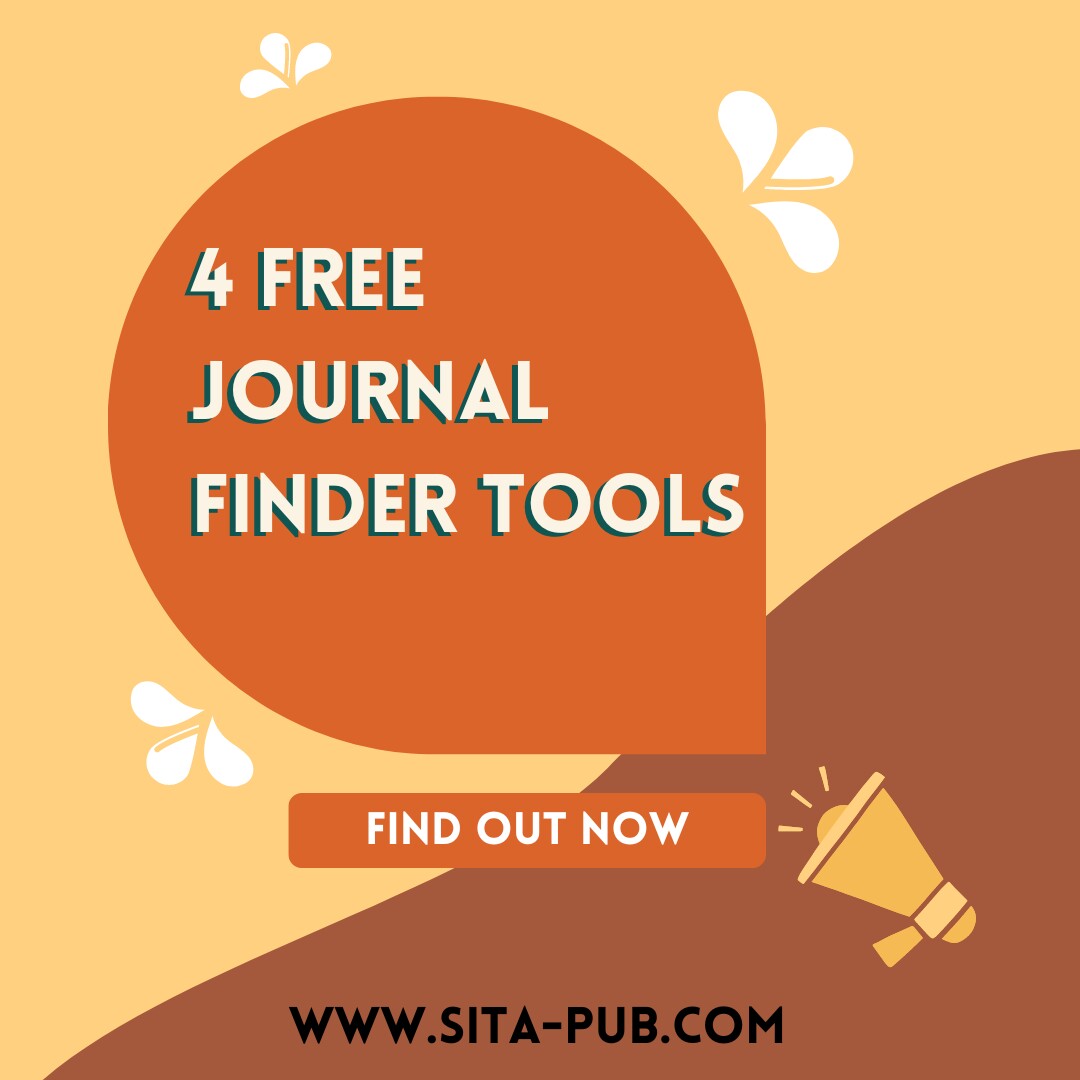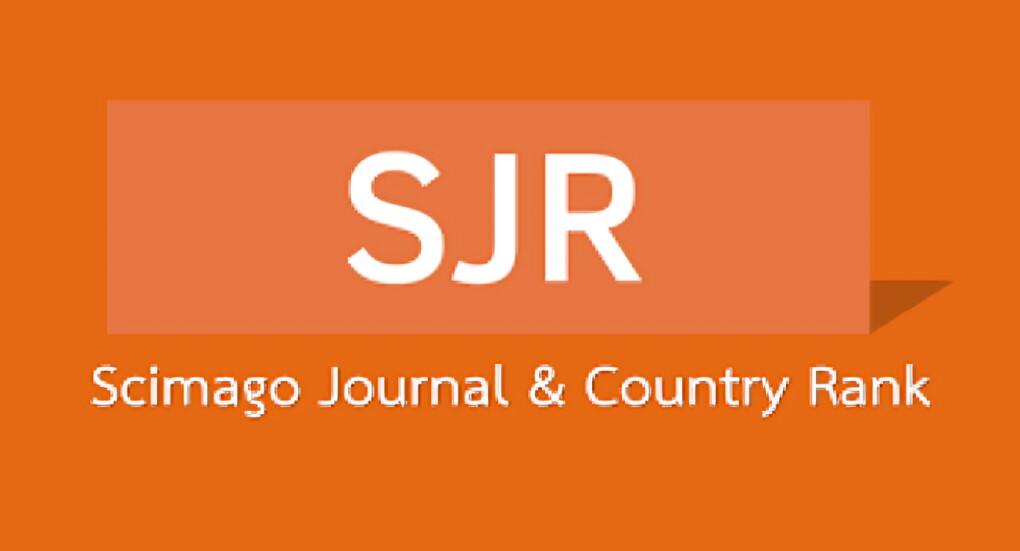4 Free Journal Finder Tools to Discover Affordable Research Journals


SJR is a database that provides a wealth of journal metrics and rankings, including information on a journal's open-access status. This tool offers a data-driven approach to evaluating publication outlets.

Offers a comprehensive set of journal quality and impact metrics, allowing for informed decision-making.
Includes data on a journal's open access status, which can be a crucial factor for researchers.
Provides a systematic and quantitative way to assess the suitability of potential publication outlets.
May be less user-friendly for researchers who are unfamiliar with bibliometric data and journal rankings.
Does not offer the same level of detailed open-access policy information as Sherpa/RoMEO.
To use SJR, visit the website (https://www.scimagojr.com/) and use the search function to find journals in your research area. You can filter the results by various metrics, such as Quartile (Q1-Q4), SJR (Scimago Journal Rank), and H-index. This information can help you identify high-quality, reputable journals that align with your research and publication goals.
The DOAJ is a comprehensive, community-curated directory that indexes and provides access to high-quality peer-reviewed open-access journals. This resource is particularly valuable for researchers looking to publish in open-access outlets.

Rigorous standards for inclusion, ensuring a focus on quality control.
A broad range of subject coverage makes it a useful resource across disciplines.
Provides a centralized platform for discovering open-access journals.
Limited to open-access journals only, excluding potentially relevant subscription-based options.
Does not include journal metrics or rankings, which can be useful for evaluating publication outlets.
To use the DOAJ, simply visit the website (https://doaj.org/) and use the search function to find relevant journals for your research. You can filter by subject, language, and other criteria to narrow your options. Once you've identified potential journals, you can review their profiles to learn more about their focus, policies, and publishing requirements.
Sherpa/RoMEO is a one-of-a-kind resource for learning about journal publishers' open-access and self-archiving policies. This tool is especially valuable for researchers who need to ensure that their work meets the open-access requirements of their funding agencies.

Offers detailed data on copyright and sharing permissions, which is crucial for understanding publication policies.
Helps researchers navigate the complex landscape of open access mandates and ensure their work is compliant.
Complements other journal discovery and evaluation tools by providing policy-related information.
Focused solely on open access policies, without broader journal data and metrics.
May be less useful for the initial discovery of publication outlets compared to tools that offer more comprehensive journal information.
To use Sherpa/RoMEO, visit the website (http://www.sherpa.ac.uk/romeo/index.php) and enter the name of the journal or publisher you're interested in. The tool will provide detailed information on the journal's self-archiving and open-access policies, including any restrictions or conditions. That can help you determine if the journal aligns with your needs and any funder requirements.
Ulrichsweb is a comprehensive database that covers both subscription-based and open-access journals, providing a broader perspective on the publishing landscape.

Covers a wide range of publication options, including both traditional and open-access outlets.
Allows users to filter by open access status, making it easier to identify relevant options.
Offers a variety of journal information, including basic details and some metrics.
May not provide the same depth of journal metrics and rankings as more specialized tools like SJR.
Requires more effort from the user to identify the most suitable publication outlets, as it lacks the focused curation of other resources.
To use Ulrichsweb, visit the website (https://ulrichsweb.serialssolutions.com/) and use the search function to find journals in your field of study. You can filter the results by various criteria, such as open access status, subject, and publication type. While Ulrichsweb may not offer the same level of detailed metrics as other tools, it can provide a broader overview of the publishing landscape and help you identify a wider range of potential outlets.
Are you looking to publish your research in high-quality, indexed journals like Scopus, PubMed, or Web of Science?
Our team of publishing experts can help you identify the best fit for your work. We'll provide a customized list of journal recommendations based on your specific research scope and goals. Our services include journal selection, submission guidance, and ongoing support to ensure your work reaches the right audience in a timely and cost-effective manner. Don't leave your publication strategy to chance.
Why choose SITA?

If you have any questions, inquiries, or would like to learn more about our services, please don't hesitate to reach out to us. Our dedicated team is ready to assist you.